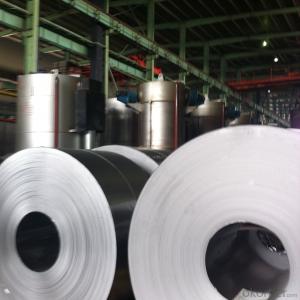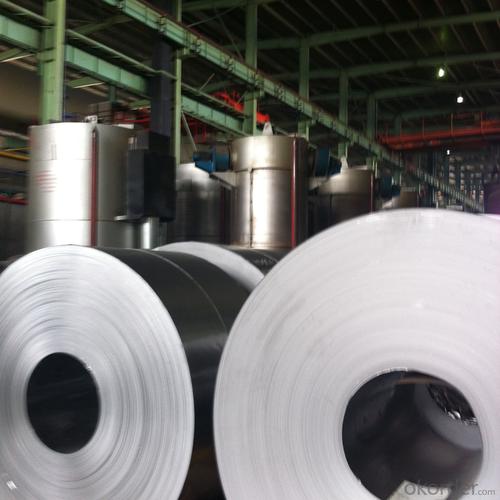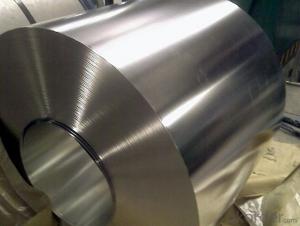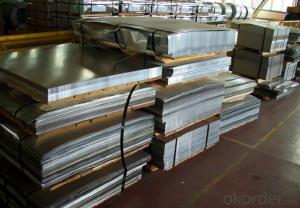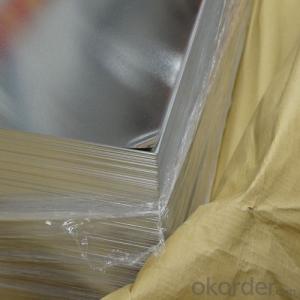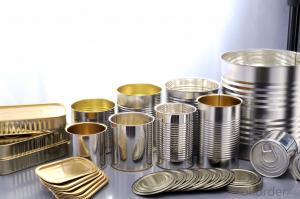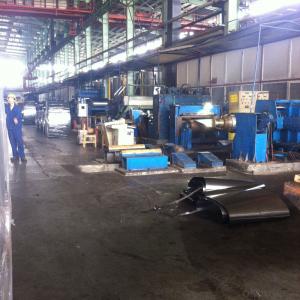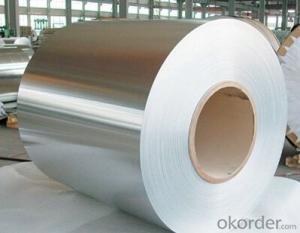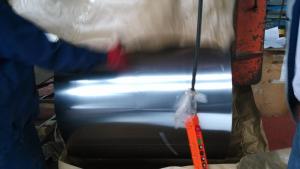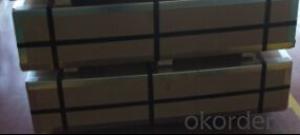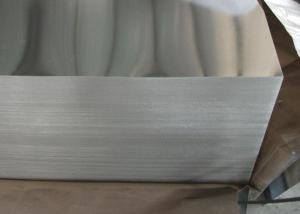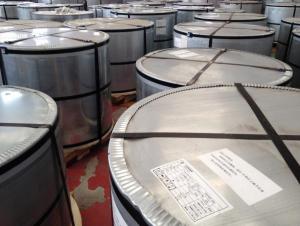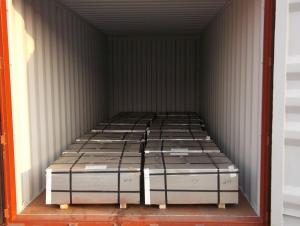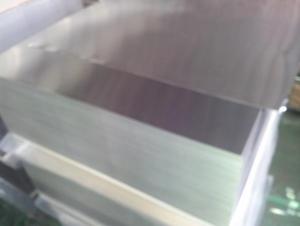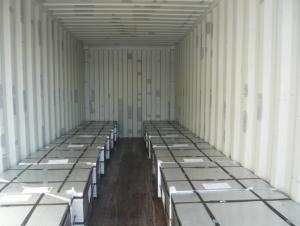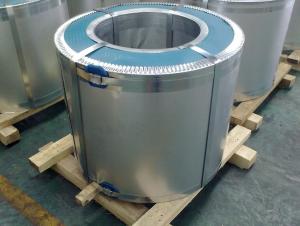Tin Free Steel SPCC for Paint Can Use in Metal Packaging
- Loading Port:
- China main port
- Payment Terms:
- TT or LC
- Min Order Qty:
- 25 m.t.
- Supply Capability:
- 30000 m.t./month
OKorder Service Pledge
OKorder Financial Service
You Might Also Like
1. Products: Tin Free Steel
Tinplate and TFS are widely used for making all types of containers such as artistic cans, tea cans, painting cans, chemical package cans and metal printing etc. Its applications are not limited to containers; recently, they have also been used for making electrical machinery parts and many other products.
2. Specification:
Our goods enjoyed high quality both at home and abroad. We can supply tin free steel as follows:
Technical standard | JISG3315 and GB/T24180 - 2009 (BS EN 10202:1990) |
Steel Type | MR / SPCC |
Thickness | From 0.15mm to 0.50mm (Tolerance +/- 0.01mm) |
Width | Normally 600-1050mm (Tolerance +3/-0 mm) |
Coating | Total chromium min 30mg/m2 max 140mg/m2 |
Temper & Annealing | T1-T5, DR7-8, TS230-TH435, T49-T65(+/- 4) |
Surface Treatment | Bright & Fine Stone & Stone & Silver & Matt |
Payment terms | Letter of Credit (L/C), Telegraphic transfer (T/T) |
Price terms | CFR & CIF price term |
Delivery time | Within 60 days after received L/C or T/T down payment |
Packing | High quality shipping packing which contains thin plastic film, rust-proof paper, metal cover, metal angles and strap sand pallet. |
Minimum order Quantity(MOQ) | 25 metric tons (1X 20'' container) |
3. Pictures:
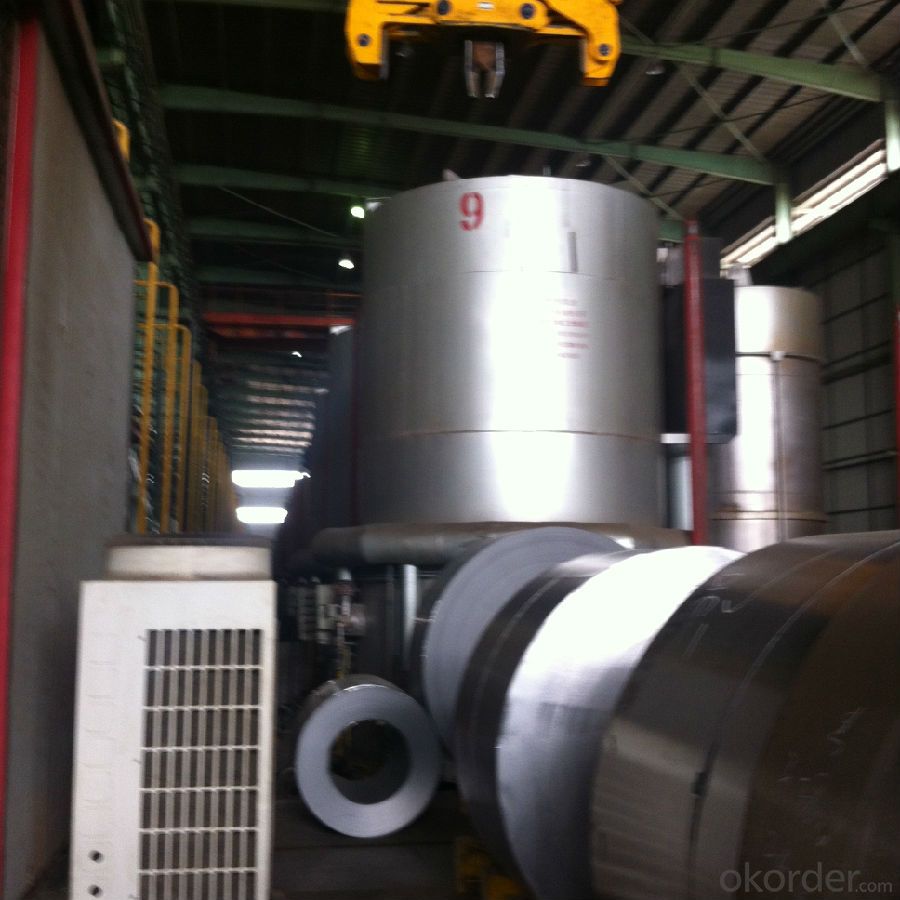
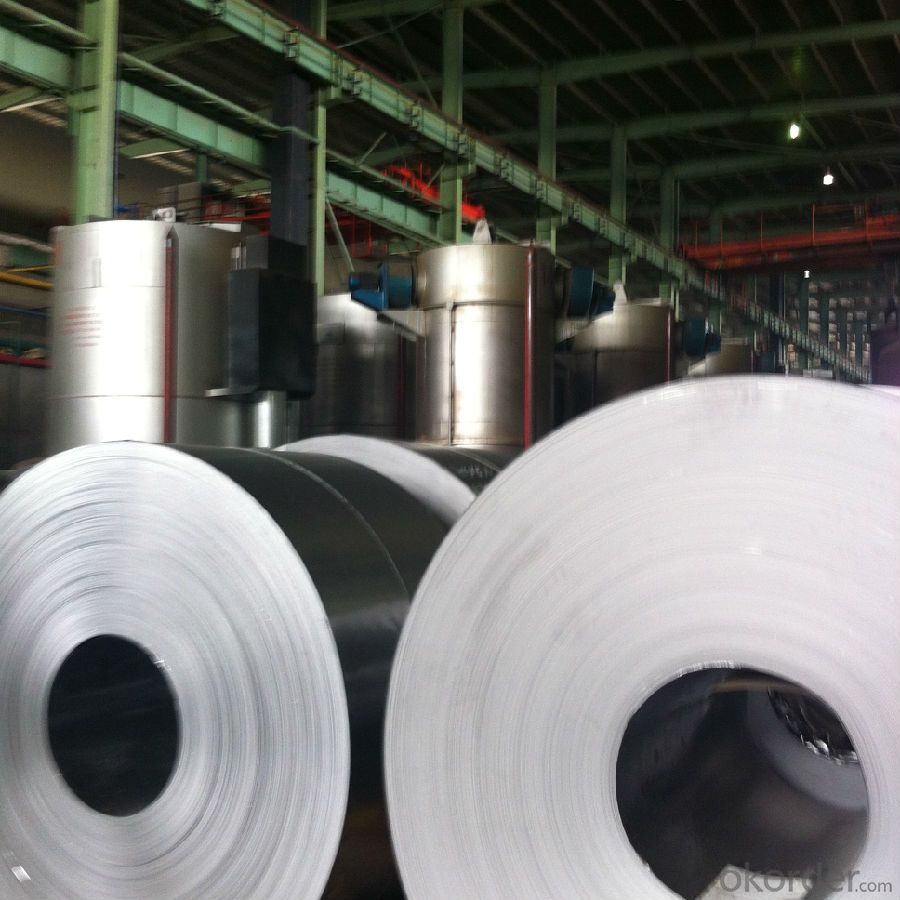
4. Features of the factory price/ tin free steel/tinplate/tfs/tmbp/etp/spte:
Beautiful Appearance
Excellent Paintability & Printability
Excellent Formability & Strength
Excellent Corrosion Resistance
Excellent Solderability & Weldability
5. FAQ:
We are one of the main producers in China for tinplate, tin free steel and also TMBP. At present, our productivity is more than 450000 MT/year.
- Q: What are the advantages of using tinplate for pharmaceutical packaging?
- There are several advantages of using tinplate for pharmaceutical packaging. Firstly, tinplate is highly resistant to corrosion, ensuring that the integrity of the pharmaceutical product is maintained throughout its shelf life. Secondly, tinplate provides excellent barrier properties against moisture, oxygen, and light, protecting the medication from degradation. Additionally, tinplate is a strong and durable material, providing excellent protection during transportation and handling. Lastly, tinplate is recyclable, making it an environmentally friendly choice for pharmaceutical packaging.
- Q: Can tinplate be used for frozen food packaging?
- Yes, tinplate can be used for frozen food packaging. Tinplate is a versatile material that offers excellent protection against moisture, oxygen, and light, making it suitable for preserving the quality and freshness of frozen food products. Additionally, tinplate is durable, recyclable, and can withstand extreme temperatures, making it a reliable choice for frozen food packaging.
- Q: How to distinguish galvanized plate and tin plate
- General galvanized sheet used in home appliances and electronics industry, thicker. Tin plate, tinplate, used in packaging industry, thinner.
- Q: Can tinplate be used for aerosol cans?
- Yes, tinplate can be used for aerosol cans. Tinplate, which is steel coated with a thin layer of tin, is commonly used in the production of aerosol cans due to its strength, durability, and ability to resist corrosion.
- Q: Can tinplate packaging be used for non-food items?
- Yes, tinplate packaging can be used for non-food items. Tinplate packaging is a versatile and durable material that can be used for various purposes including packaging non-food items such as cosmetics, pharmaceuticals, household products, and more. Its protective properties make it suitable for a wide range of products that require stability, durability, and visual appeal.
- Q: What are the main applications of tinplate in the aerosol industry?
- Tinplate is primarily used in the aerosol industry for manufacturing aerosol cans and containers. Its main applications include packaging of various aerosol products such as paints, lubricants, adhesives, and personal care products like deodorants and hairsprays. Tinplate cans ensure product safety, resist corrosion, and provide an excellent barrier against oxygen and moisture, making them ideal for preserving the integrity and longevity of aerosol contents.
- Q: What are the main factors affecting tinplate coil surface quality?
- The main factors affecting tinplate coil surface quality include the quality of the base metal used, the cleanliness of the production environment, the effectiveness of the cleaning and coating processes, the temperature and speed of the production line, and the skill and experience of the operators.
- Q: Can tinplate be used for packaging of non-food products?
- Yes, tinplate can be used for packaging of non-food products. Tinplate is a versatile material that offers excellent protection against moisture, light, and oxygen, making it suitable for various non-food items such as cosmetics, chemicals, and pharmaceuticals. Its durability and recyclability further make it a popular choice for packaging non-food products.
- Q: How is tinplate used in the pet food industry?
- Tinplate is commonly used in the pet food industry for packaging purposes. It is an ideal material for manufacturing cans and containers that store pet food due to its durability, resistance to corrosion, and ability to maintain food freshness and quality. Tinplate cans are also easily stackable, making them convenient for storage and transportation.
- Q: How does tinplate affect the sound quality of musical instruments?
- Tinplate does not directly affect the sound quality of musical instruments. The sound quality primarily depends on the construction, materials, and design of the instrument itself, such as the type of wood used, the shape, and the craftsmanship. Tinplate may be used for aesthetic purposes or as a protective coating, but it does not significantly impact the sound produced by the instrument.
Send your message to us
Tin Free Steel SPCC for Paint Can Use in Metal Packaging
- Loading Port:
- China main port
- Payment Terms:
- TT or LC
- Min Order Qty:
- 25 m.t.
- Supply Capability:
- 30000 m.t./month
OKorder Service Pledge
OKorder Financial Service
Similar products
Hot products
Hot Searches
Related keywords
